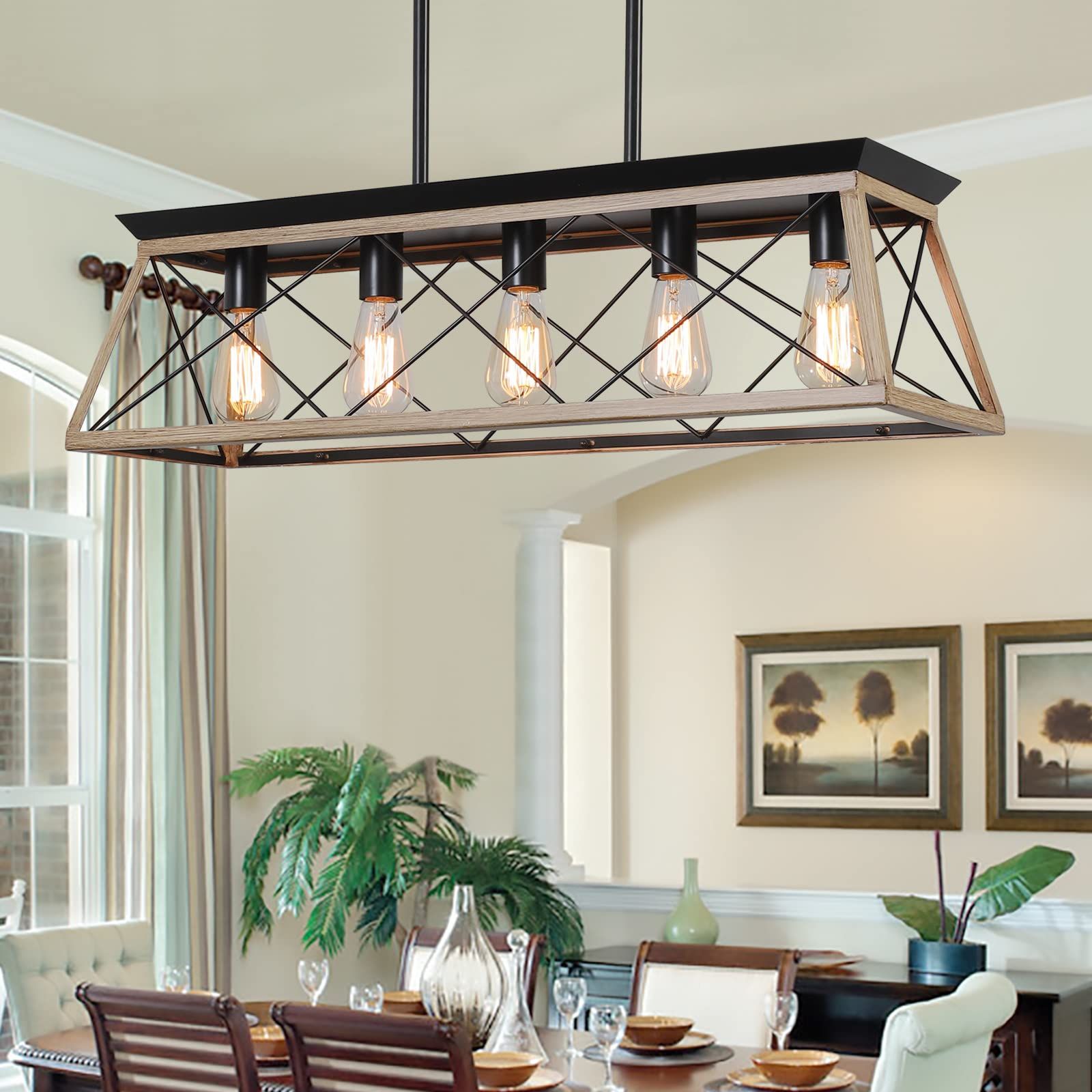

Articles
What Kind Of Lighting For Dining Room
Modified: January 31, 2024
Discover the perfect lighting options for your dining room with our informative articles. Find expert tips and ideas to create a warm and inviting ambiance.
(Many of the links in this article redirect to a specific reviewed product. Your purchase of these products through affiliate links helps to generate commission for Storables.com, at no extra cost. Learn more)
Introduction
When it comes to designing the perfect dining room, lighting plays a crucial role in creating the right ambiance and enhancing the overall aesthetic appeal of the space. The right lighting can set the mood for intimate dinners, lively gatherings, or even a cozy family meal. It not only illuminates the room but also adds a touch of style and sophistication.
However, choosing the right lighting for a dining room can be a challenging task. There are various factors to consider, such as natural lighting, ambient lighting, task lighting, and accent lighting. Each type of lighting serves a specific purpose and together, they can transform an ordinary dining area into a stunning space.
In this article, we will explore different types of lighting for dining rooms and discuss how to choose the right fixtures to create the desired atmosphere.
Key Takeaways:
- Natural lighting, ambient lighting, task lighting, and accent lighting are essential for creating an inviting dining room. Consider factors like size, style, and functionality to transform your space into a stunning and functional area for dining and entertaining.
- When choosing light fixtures, consider the size and scale of your dining room, match the style and decor, optimize light output, and install dimmer switches for flexibility. Coordinate the finish of the fixtures with the overall design scheme, and prioritize quality and durability for long-lasting satisfaction.
Read more: How To Light A Dining Room
Considerations for Dining Room Lighting
Before diving into the various types of lighting fixtures, it’s essential to consider a few factors that can greatly influence your choice of dining room lighting.
1. Size of the Room: The size of your dining room will determine the number and size of light fixtures you should choose. A larger room may require multiple light sources to ensure adequate illumination, while a smaller room can be adequately lit with a single fixture.
2. Ceiling Height: The height of the ceiling in your dining room can also impact the type of lighting you choose. A higher ceiling may require a chandelier or pendant lights that can fill the vertical space and create a visual focal point.
3. Style and Decor: Consider the overall style and decor of your dining room. Do you have a modern, contemporary, or traditional theme? Choose lighting fixtures that complement the existing decor and enhance the overall ambiance.
4. Color Scheme: The color scheme of your dining room can also influence the choice of lighting. Brighter colors may require softer, warm-toned lighting for a cozy and inviting atmosphere, while darker colors can be complemented with brighter, cooler-toned lighting.
5. Dimming Option: Installing dimmer switches can provide flexibility in creating different moods and adjusting the intensity of the lighting. This allows you to create a softer, more intimate ambiance for a romantic dinner or a brighter, well-lit space for a lively gathering.
6. Energy Efficiency: With the increasing focus on sustainability and energy conservation, consider investing in energy-efficient lighting options such as LED bulbs. They not only consume less energy but also have a longer lifespan, reducing maintenance and replacement costs in the long run.
By taking these considerations into account, you can make informed decisions about the type of lighting that will best suit your dining room and create the desired atmosphere.
Natural Lighting
Natural lighting is an important consideration for any dining room. It not only provides a sense of openness and connection to the outdoors but also helps to create a bright and vibrant atmosphere. Here are a few ways to maximize natural lighting in your dining room:
1. Windows and Skylights: If your dining room has windows, make the most of them by ensuring they are clean and unobstructed. Choose window treatments that allow ample natural light to filter through, such as sheer curtains or blinds that can be easily adjusted. Skylights are another great option for introducing natural light into your space, especially in rooms where windows may be limited.
2. Mirrors: Placing a mirror strategically in your dining room can help reflect and amplify natural light. Position the mirror opposite a window to bounce the light around the room and create a brighter, more spacious feel.
3. Light-colored walls and furniture: Opt for light-colored walls and furniture in your dining room to maximize the reflection of natural light. Lighter colors tend to bounce light more effectively, making the room appear brighter and more inviting.
4. Open floor plan: If your dining room is part of an open floor plan, ensure that the adjacent areas are designed in a way that allows natural light to flow freely. Avoid obstructing the flow of light with walls or bulky furniture.
Natural lighting not only enhances the beauty of your dining room but also has several health benefits. Exposure to natural light can improve mood, boost productivity, and even regulate your circadian rhythm. So, embrace the natural light in your dining room for a refreshing and inviting space.
Ambient Lighting
Ambient lighting, also known as general lighting, is the primary source of illumination in a dining room. It sets the overall mood and provides a comfortable level of brightness for everyday dining and socializing. Here are some popular ambient lighting options for your dining room:
1. Chandeliers: A chandelier is a classic choice for ambient lighting in a dining room. It adds a touch of elegance and serves as a focal point in the space. Choose a chandelier that complements the size and style of your dining room. For a formal dining area, consider a crystal chandelier, while a more modern room may benefit from a sleek and minimalist chandelier.
2. Pendant Lights: Pendant lights are versatile and can be used to create a stylish and functional ambient lighting effect. They come in various styles and designs, allowing you to find the perfect fit for your dining room. Install pendant lights above the dining table, evenly spaced to provide balanced lighting across the surface area.
3. Recessed Lighting: Recessed lighting, also known as ceiling cans or pot lights, provides a clean and modern look. These fixtures are installed into the ceiling and emit soft, diffused light across the room. They are an excellent option for uniform ambient lighting, especially in rooms with low ceilings or limited space for hanging fixtures.
4. Flush Mount Lighting: Flush mount lighting fixtures are mounted directly against the ceiling, providing a sleek and unobtrusive lighting solution. They are ideal for dining rooms with low ceilings or those with a minimalist design aesthetic.
5. Wall Sconces: Wall sconces can be used as secondary ambient lighting fixtures, adding a warm and inviting glow to your dining room. They are mounted on the walls and can be positioned strategically to create a balanced distribution of light in the space.
When choosing ambient lighting for your dining room, consider the size of the room and the desired level of brightness. Opt for fixtures that complement the overall style and decor while providing a comfortable and inviting atmosphere for dining and entertaining.
Task Lighting
In addition to ambient lighting, task lighting plays a vital role in a dining room, providing focused illumination for specific activities such as meal preparation, reading, or working on tasks at the dining table. Here are some popular options for task lighting in your dining room:
1. Pendant Lights: Pendant lights can serve a dual purpose as both ambient and task lighting. Install them above the dining table at a height that provides sufficient light for activities such as reading or working. Adjustable pendant lights allow you to direct the light precisely where it’s needed.
2. Under Cabinet Lighting: If you have cabinets in your dining room, consider installing under cabinet lighting. These lights illuminate the countertop or workspace below, making it easier to prepare meals or display decorative items.
3. Track Lighting: Track lighting consists of a series of adjustable light fixtures mounted on a track. It allows you to direct light to specific areas, such as a buffet table or a serving cart, providing focused illumination for tasks. Track lighting can be customized to suit the layout and needs of your dining room.
4. Table Lamps: Placing table lamps on a sideboard or console table can add both style and task lighting to your dining room. Position them strategically to provide directed light for tasks like reading a menu or writing. Choose lamps that complement the decor and style of your dining room.
5. Floor Lamps: Floor lamps with an adjustable arm or shade can provide task lighting by directing light onto the dining table or specific areas of the room. They are a versatile option that can be easily moved and adjusted to suit your needs.
6. Wall-Mounted Swing Lamps: For a unique and functional task lighting solution, consider wall-mounted swing lamps. These lamps can be positioned to provide focused light for activities such as reading or meal preparation.
When incorporating task lighting into your dining room, consider the specific activities that will take place and the areas that require additional illumination. By combining task lighting with ambient lighting, you can create a versatile and well-lit dining space that caters to both functionality and aesthetics.
Read more: What Color Light Is Best For A Dining Room?
Accent Lighting
Accent lighting adds a touch of drama, highlights specific architectural features, or showcases decorative elements in your dining room. It is all about creating visual interest and drawing attention to focal points. Here are some popular choices for accent lighting in your dining room:
1. Wall Washers: Wall washers are fixed lights that are installed near the walls and project a wide and soft beam of light upwards or downwards. They create a visually striking effect by highlighting textured walls, art pieces, or decorative elements on the walls.
2. Picture Lights: If you have artwork or photographs displayed in your dining room, consider installing picture lights above them. These adjustable lights help showcase the artwork and create a focal point on the wall.
3. Cabinet Lighting: If you have display cabinets or shelves in your dining room, adding LED strip lights or puck lights inside the cabinets can enhance the visual appeal of your displayed items. This brings attention to your chinaware, glassware, or other decorative pieces.
4. Cove Lighting: Cove lighting involves installing LED strips or rope lights in a recessed area or tray ceiling. The indirect lighting creates a soft and diffuse glow, adding a warm and inviting ambiance to the dining room. Cove lighting can also be used to highlight architectural features, such as crown molding or ceiling details.
5. Spotlights: Spotlights are adjustable fixtures that provide focused and directional light. Use spotlights to draw attention to a specific area or highlight a centerpiece, such as a floral arrangement or a decorative sculpture.
6. Candlelight: Although not technically a type of electric lighting, the warm and flickering glow of candles can create a romantic and intimate atmosphere in a dining room. Use candle holders or decorative candle sconces to incorporate candlelight as accent lighting.
When using accent lighting, keep in mind that it should complement the overall lighting scheme of the room. Use it sparingly to avoid overpowering the space and ensure that it enhances the aesthetic appeal and focal points of your dining room.
Choosing the Right Light Fixtures
Now that you are familiar with the different types of lighting for your dining room, it’s time to choose the right light fixtures that will enhance the overall ambiance and style of the space. Here are some tips to help you make the right choice:
1. Consider the Size and Scale: Take the size of your dining room into account when selecting light fixtures. A large room may benefit from a statement chandelier or multiple pendant lights, while a smaller room may require more compact fixtures to avoid overwhelming the space.
2. Match the Style: Ensure that the light fixtures you choose align with the overall style and decor of your dining room. A modern, minimalist dining room may call for sleek and contemporary fixtures, while a traditional dining room may pair well with more ornate and classic designs.
3. Pay Attention to Height: Consider the height of your ceiling when selecting hanging fixtures such as chandeliers or pendant lights. Allow enough clearance for comfortable seating and ensure the fixture is positioned at the right height for optimal illumination without obstructing the line of sight.
4. Optimize Light Output: Depending on the purpose of the lighting, consider the brightness and color temperature of the bulbs. For ambient lighting, opt for bulbs that provide a warm and inviting glow, while for task lighting, choose bulbs with a cooler temperature that mimics natural daylight.
5. Coordinate the Finish: Light fixtures should coordinate with other elements in the dining room, such as furniture, hardware, and accessories. Consider the finish of the fixtures and ensure they harmonize with the existing finishes or create an intentional contrast that enhances the overall aesthetic.
6. Install Dimmer Switches: Incorporate dimmer switches for versatility and functionality. They allow you to adjust the brightness of the lighting to create different moods and accommodate various activities in the dining room.
7. Quality and Durability: Invest in high-quality fixtures that are built to last. Consider the materials used, the craftsmanship, and the warranty provided by the manufacturer. This ensures that your lighting will not only look great but also withstand the test of time.
Remember, selecting the right light fixtures is not only about functionality but also about adding a touch of style and personality to your dining room. Take your time, explore different options, and select fixtures that truly enhance the overall ambiance and make your dining room a delight to be in.
Consider using a combination of ambient, task, and accent lighting in the dining room. A chandelier or pendant light can provide ambient lighting, while wall sconces or a buffet lamp can offer task lighting. Accent lighting can be added with the use of candles or a spotlight on artwork.
Chandeliers
Chandeliers are a timeless and elegant choice for dining room lighting. They serve as a focal point, often suspended above the dining table, and add a touch of grandeur to the space. Here are some key considerations when choosing a chandelier for your dining room:
1. Size and Scale: The size of the chandelier should be proportional to the size and scale of your dining room. Consider the height of your ceiling and the dimensions of the dining table. A general guideline is that the diameter of the chandelier should be roughly half the width of the dining table. With higher ceilings, you can opt for a larger chandelier to make a more dramatic statement.
2. Style and Design: Choose a chandelier that complements the overall style and decor of your dining room. Traditional crystal chandeliers exude elegance and sophistication, while modern or industrial designs can add a contemporary touch. Consider the materials, such as crystal, glass, metal, or even natural elements like wood, and select a design that aligns with your personal taste and the overall aesthetic of the room.
3. Light Bulb Requirements: Check the type of bulbs required for the chandelier. Most chandeliers use candelabra bulbs, but some may require special or unique bulbs. You may also want to consider energy-efficient LED bulbs to save on energy costs and reduce maintenance.
4. Lighting Effect: Consider the lighting effect you want to achieve with the chandelier. Some chandeliers come with shades or diffusers that soften and diffuse the light, creating a warm and cozy ambiance. Others may have exposed bulbs for a more dramatic and dazzling effect. Consider both the visual impact and the practicality of the lighting provided by the chandelier.
5. Installation and Maintenance: Consider the installation requirements and the ease of maintenance. Some chandeliers may require professional installation due to their size or weight. It’s also important to consider the accessibility for cleaning and changing bulbs, especially for larger chandeliers that may be more challenging to maintain.
6. Dimming Options: If you want flexibility in creating different moods and adjusting the brightness, opt for a chandelier with dimming capabilities. Installing a dimmer switch allows you to control the intensity of the light, making it perfect for intimate dinners or formal gatherings.
Chandeliers have a way of adding a touch of luxury and sophistication to your dining room. With careful consideration of size, style, lighting effect, and ease of maintenance, you can find the perfect chandelier that becomes the centerpiece of your dining room, creating a beautiful and inviting atmosphere for memorable dining experiences.
Pendant Lights
Pendant lights are a versatile lighting option that provides both functionality and style to your dining room. Hung from the ceiling, pendant lights offer focused illumination and can be used to create a visually appealing design statement. Here are some key considerations when choosing pendant lights for your dining room:
1. Design and Style: Pendant lights come in a wide range of designs, from sleek and modern to rustic or vintage-inspired. Consider the overall style and decor of your dining room and choose pendant lights that complement the aesthetic. Whether you prefer minimalist and streamlined designs or ornate and decorative fixtures, there are pendant lights available to suit every taste.
2. Size and Scale: Consider the size and scale of your dining room when selecting pendant lights. The height of the ceiling and the size of the dining table are important factors to keep in mind. For a standard 8-foot ceiling, a pendant light hung around 30 inches above the table is a good guideline. Adjust the height accordingly for higher or lower ceilings. Additionally, consider the diameter or width of the pendant lights to ensure they are proportionate to the size of the dining table.
3. Number and Placement: Depending on the size and shape of your dining table, you can choose to hang a single pendant light or a cluster of multiple lights. Smaller round or rectangular tables may benefit from a single pendant, while larger or longer tables can accommodate multiple pendants. When using multiple pendant lights, make sure they are evenly spaced to create a balanced and cohesive look. Always consider the placement and symmetry to ensure an aesthetically pleasing visual effect.
4. Lighting Effect: Consider the lighting effect you want to achieve with pendant lights. Some pendant lights provide downlighting, focusing the light directly onto the dining table to create a cozy and intimate atmosphere. Others provide both downlighting and uplighting, creating a softer and more diffuse ambiance in the room. Adjustable pendant lights can provide flexibility in directing the light where it’s needed most.
5. Material and Finish: Pendant lights are available in various materials, including glass, metal, fabric, and more. Consider the material and finish that will best complement the overall style and decor of your dining room. Frosted or clear glass pendant lights can create an elegant and sophisticated look, while metal or industrial-inspired designs can add a touch of modernity.
6. Dimming Capability: Adding a dimming option to your pendant lights can provide versatility in setting the mood and adjusting the brightness level according to different occasions. Installing a dimmer switch allows you to create a softer, more intimate atmosphere for special gatherings or a brighter, well-lit environment for everyday dining.
Pendant lights are an excellent choice for adding visual interest and effective lighting to your dining room. With careful consideration of design, size, placement, lighting effect, and material, you can select pendant lights that enhance the overall aesthetic and functionality of your dining space.
Read more: What Light Color Is Best For Dining Room
Wall Sconces
Wall sconces are a versatile and stylish lighting option for your dining room, providing both functional illumination and decorative appeal. Mounted on the walls, they add a touch of elegance and sophistication while enhancing the overall ambiance of the space. Here are some key considerations when choosing wall sconces for your dining room:
1. Style and Design: Wall sconces come in a variety of styles, from traditional to modern, and everything in between. Consider the overall style and decor of your dining room and choose sconces that complement the aesthetic. Additionally, take into account the shape, material, and finish of the sconces to ensure they align with your vision for the room.
2. Placement and Height: Determine the placement and height of the wall sconces in your dining room. Sconces are commonly placed on either side of a mirror or artwork, or flanking the dining room buffet. Ensure that the height of the sconces is appropriate for the space and that they are positioned at a height that allows for optimal illumination without obstructing the line of sight.
3. Lighting Effect: Consider the lighting effect you want to achieve with the wall sconces. Sconces can provide both ambient and accent lighting, depending on their design and placement. Upward-facing sconces can create a soft, indirect light that adds a warm and inviting glow to the room. Downward-facing sconces can provide focused illumination for specific tasks or areas, such as the dining table or artwork.
4. Dimming Capability: Adding a dimming option to your wall sconces can provide versatility in creating different moods and adjusting the brightness level according to various occasions. Installing a dimmer switch allows you to control the intensity of the light and create a personalized ambiance in your dining room.
5. Consider Bulb Type: Pay attention to the type of bulbs required for the wall sconces. LED bulbs are energy-efficient and have a longer lifespan, reducing the need for frequent replacements. Additionally, consider the color temperature of the bulbs to ensure the desired aesthetic and mood for your dining room.
6. Coordinating with Existing Lighting: If you already have other lighting fixtures in your dining room, such as pendant lights or chandeliers, consider selecting wall sconces that coordinate with them. Harmonizing the style, finish, or design elements between different lighting fixtures can create a cohesive and visually appealing look.
Wall sconces add a touch of elegance and visual interest to your dining room. By considering the style, placement, lighting effect, dimming capability, and coordinating with existing lighting, you can select wall sconces that enhance the overall ambiance and aesthetic of your dining space.
Track Lighting
Track lighting is a versatile and adjustable lighting solution that can provide both style and functionality in your dining room. With a track-mounted on the ceiling, individual light fixtures can be positioned and directed to illuminate specific areas or objects. Here are some key considerations when choosing track lighting for your dining room:
1. Design and Style: Track lighting comes in a variety of designs, from sleek and modern to more decorative and traditional styles. Consider the overall style and decor of your dining room and choose a track lighting system that complements the aesthetic. Some track lighting systems have a minimalist design with streamlined fixtures, while others feature more ornate and decorative elements.
2. Flexibility and Adjustability: One of the key advantages of track lighting is its flexibility and adjustability. The individual light fixtures can be easily repositioned along the track, allowing you to direct light where it’s needed most. Consider the number of fixtures and the length of the track to ensure adequate coverage of the dining area.
3. Lighting Effects and Beam Angles: Different track lighting fixtures offer various beam angles, allowing you to create different lighting effects in your dining room. Some fixtures provide a narrow beam angle for accenting specific objects or areas, while others offer a wider beam angle for more general illumination. Consider the lighting effects you want to achieve and select fixtures accordingly.
4. Dimming Capability: Adding a dimming option to your track lighting system can provide versatility in creating different moods and adjusting the brightness level according to different occasions. Check if the track lighting system is compatible with dimmer switches to allow for customizable lighting levels.
5. Energy Efficiency: Consider selecting LED track lighting fixtures for energy efficiency and cost savings. LED bulbs not only consume less energy but also have a longer lifespan, reducing the need for frequent replacements. This makes them an eco-friendly and budget-friendly option for your dining room.
6. Ease of Installation and Maintenance: Assess the ease of installation and maintenance when selecting a track lighting system. Some systems may require professional installation, while others are more suitable for DIY enthusiasts. Additionally, consider the accessibility for cleaning and replacing bulbs, as track lighting fixtures may be positioned at various heights along the track.
Track lighting offers a modern and flexible lighting solution for your dining room. By considering the design, adjustability, lighting effects, dimming capability, energy efficiency, and ease of installation, you can select a track lighting system that perfectly suits your dining space, providing both functionality and aesthetic appeal.
Floor and Table Lamps
Floor and table lamps are versatile lighting options for your dining room, providing both practical illumination and adding a touch of style. These portable fixtures can be easily moved and adjusted, allowing you to create the desired ambiance in your dining space. Here are some key considerations when choosing floor and table lamps for your dining room:
1. Height and Size: Consider the height and size of the floor or table lamps in relation to your dining room. Floor lamps are ideal for providing general ambient lighting in larger dining rooms, while table lamps can serve as task lighting or decorative accents. Ensure that the height of the lamps is appropriate for the space and that they do not obstruct the line of sight across the dining table.
2. Design and Style: Choose floor and table lamps that complement the overall style and decor of your dining room. Consider the base material, lampshade design, and overall shape to ensure they align with the desired aesthetic. From sleek and modern to more ornate and traditional designs, there are countless options to suit your taste and enhance the visual appeal of your dining space.
3. Lighting Effect: Consider the desired lighting effect when selecting floor and table lamps. Floor lamps with upward-facing shades can create a soft and diffused ambient light that adds warmth to the room. Table lamps with adjustable arms or shades can provide focused task lighting for activities such as reading or writing at the dining table.
4. Placement and Versatility: Determine the placement of floor and table lamps in your dining room. Floor lamps can be placed in a corner or near a seating area to provide general illumination, while table lamps can be positioned on a buffet or console table to add both style and task lighting. Consider the versatility of the lamps and their ability to be moved and repositioned as needed.
5. Bulb Type and Compatibility: Check the bulb type and compatibility of the floor and table lamps. Consider energy-efficient options such as LED bulbs, which consume less energy and have a longer lifespan. Additionally, ensure that the lamps are compatible with the desired bulb wattage and have appropriate socket types for easy bulb replacement.
6. Cord Management: Take into account the cord management of floor and table lamps to ensure a neat and organized appearance. Consider lamps with cord covers or integrated cord management features to minimize the visibility of cords and create a clean and clutter-free look in your dining room.
Floor and table lamps add both functionality and style to your dining room. By considering the height, design, lighting effect, placement, bulb type, and cord management, you can select floor and table lamps that beautifully complement your dining space, providing the perfect balance of illumination and visual appeal.
Conclusion
Choosing the right lighting for your dining room is essential to create an inviting and aesthetically pleasing space. By considering the different types of lighting available and taking into account factors such as size, style, and functionality, you can transform your dining room into a stunning and functional area for dining and entertaining.
Natural lighting can add a sense of openness and warmth to your dining room. Maximize natural light by ensuring clean windows, using reflective surfaces, and embracing the use of mirrors to bounce light around the space.
Ambient lighting sets the overall mood and brightness level in your dining room. Chandeliers, pendant lights, recessed lighting, and wall sconces are popular choices for ambient lighting, providing general illumination while adding visual interest and style.
Task lighting is important for focused activities such as meal preparation, reading, or working at the dining table. Pendant lights, under cabinet lighting, track lighting, and table lamps are excellent options for task lighting, ensuring that you have adequate illumination for specific tasks.
Accent lighting adds a touch of drama and highlights specific architectural features or decorative elements in your dining room. Wall washers, picture lights, cabinet lighting, and spotlights can be used strategically to draw attention to artwork, focal points, or other design elements.
When choosing light fixtures, consider the size and scale of your dining room, match the style and decor, optimize light output, and install dimmer switches for flexibility. Coordinate the finish of the fixtures with the overall design scheme, and prioritize quality and durability for long-lasting satisfaction.
Whether you opt for chandeliers, pendant lights, wall sconces, track lighting, or floor and table lamps, the right lighting choices can transform your dining room into a space that is not only well-lit but also visually stunning. Remember to consider the specific needs of your dining room and aim for a balance between functionality and aesthetics.
By carefully considering the unique characteristics of your dining room and integrating a combination of lighting types, you can create the perfect ambiance for memorable meals, gatherings, and special occasions. The right lighting can truly enhance the dining experience and make your dining room a focal point of your home.
Frequently Asked Questions about What Kind Of Lighting For Dining Room
Was this page helpful?
At Storables.com, we guarantee accurate and reliable information. Our content, validated by Expert Board Contributors, is crafted following stringent Editorial Policies. We're committed to providing you with well-researched, expert-backed insights for all your informational needs.

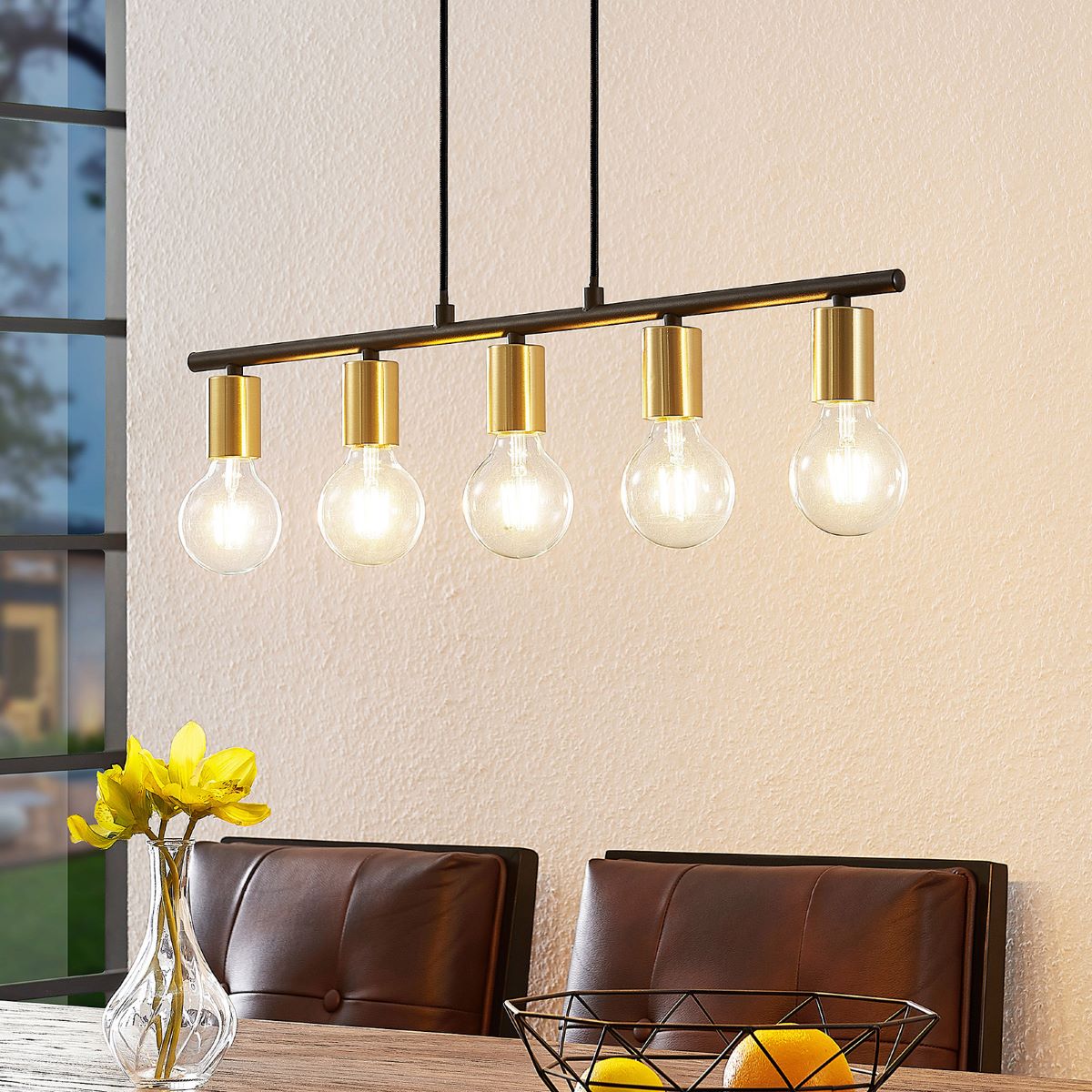
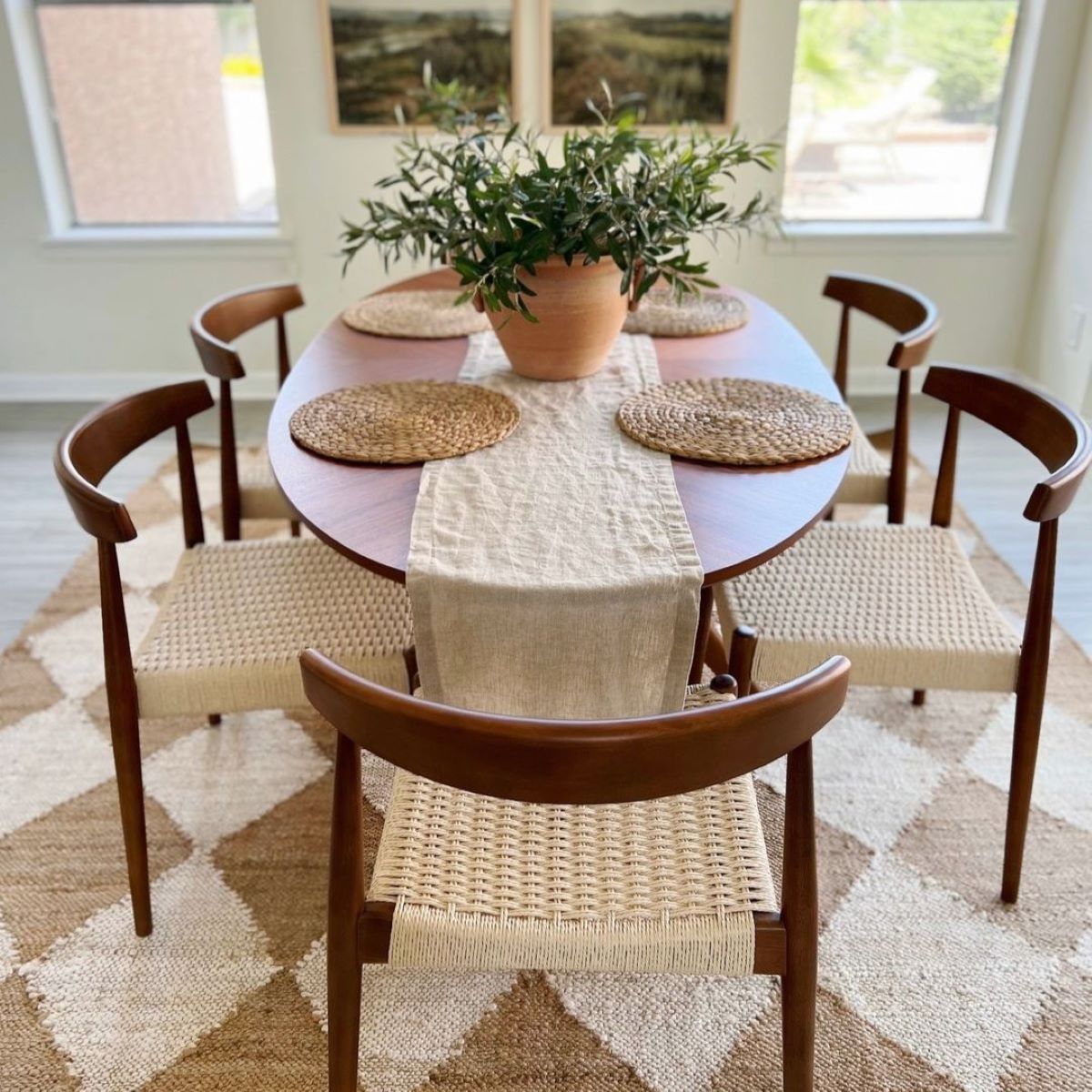
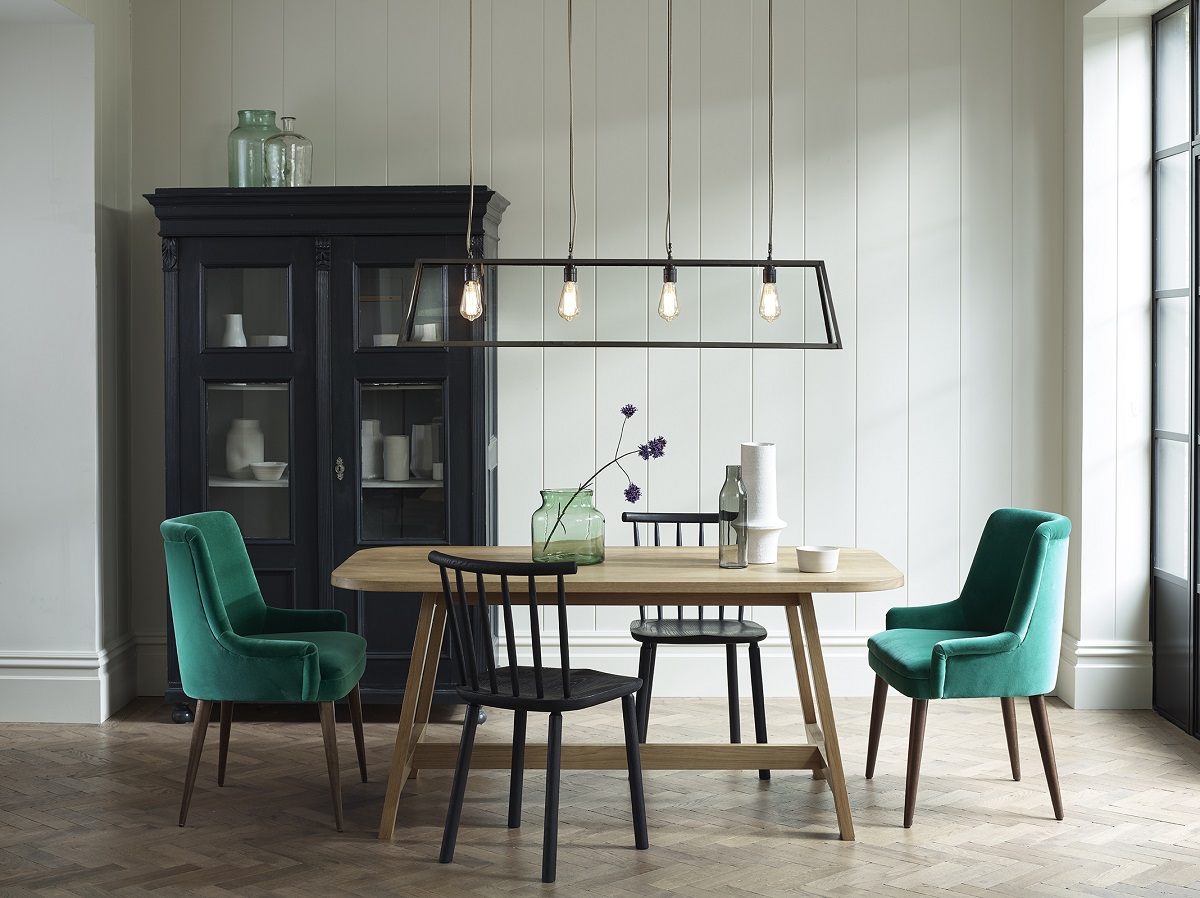
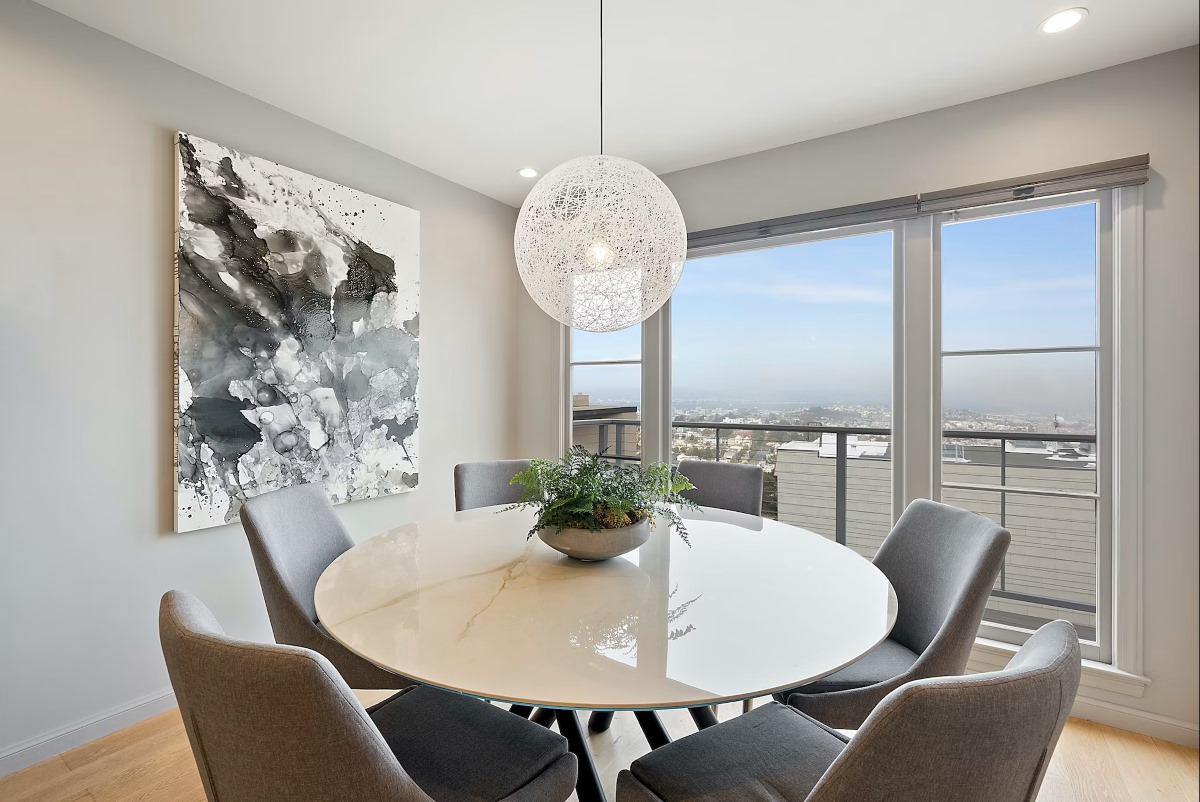

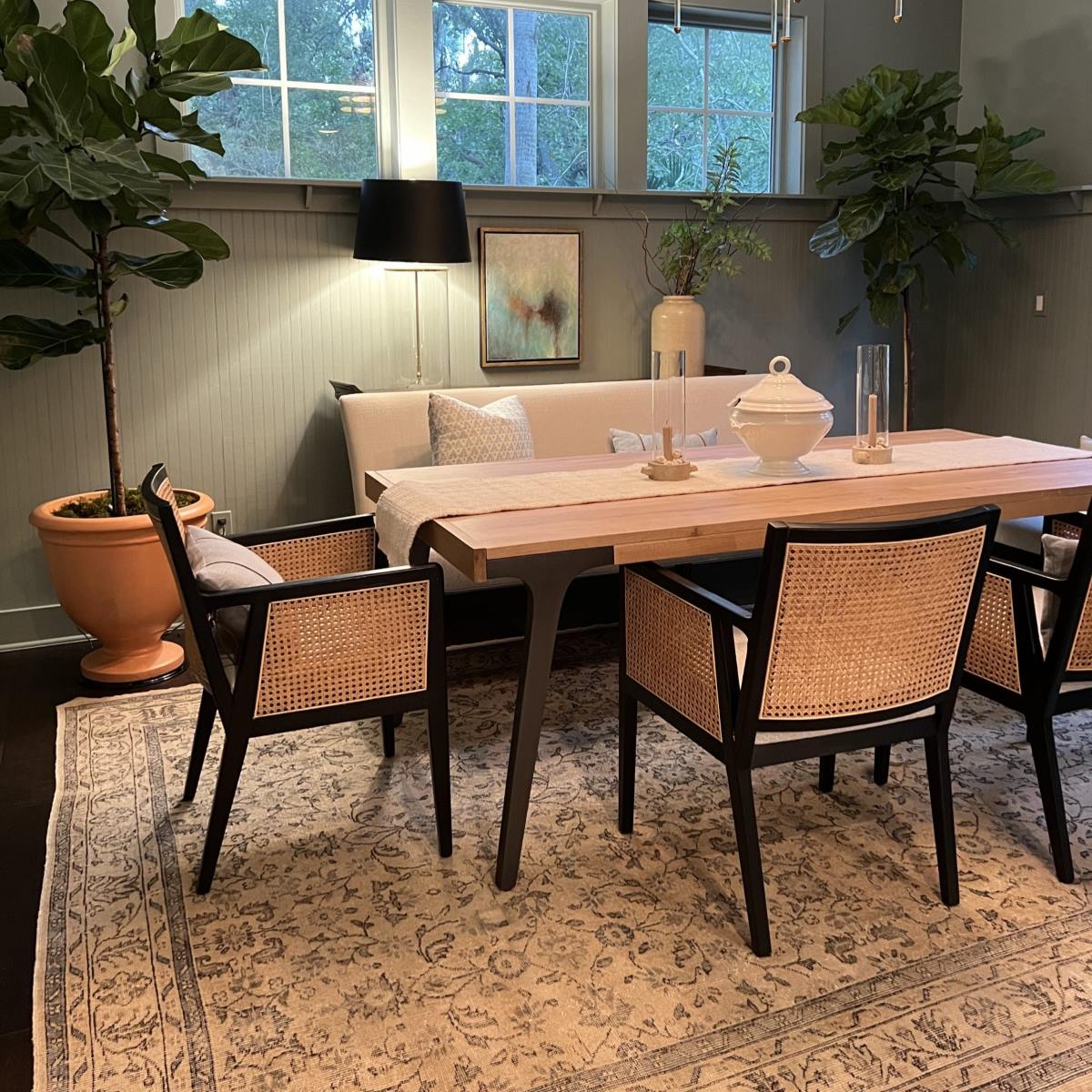
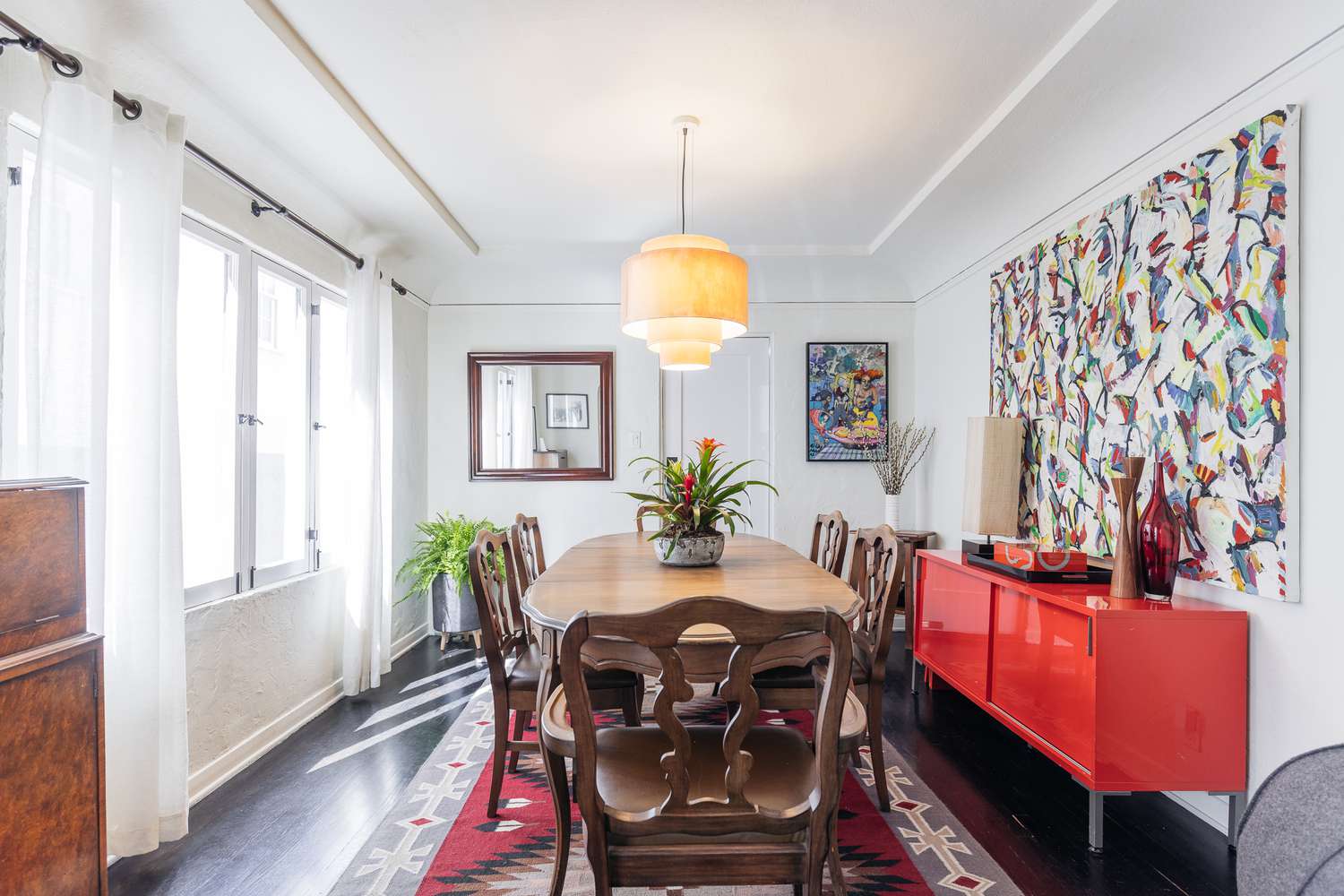
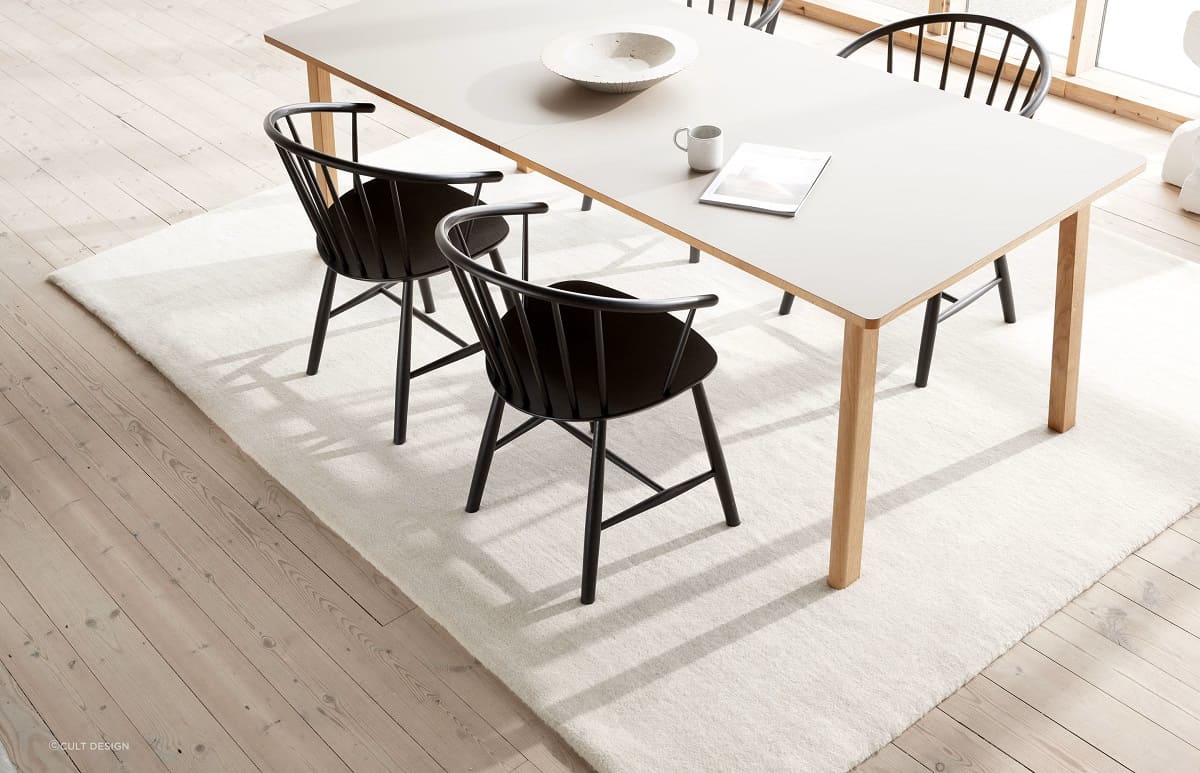
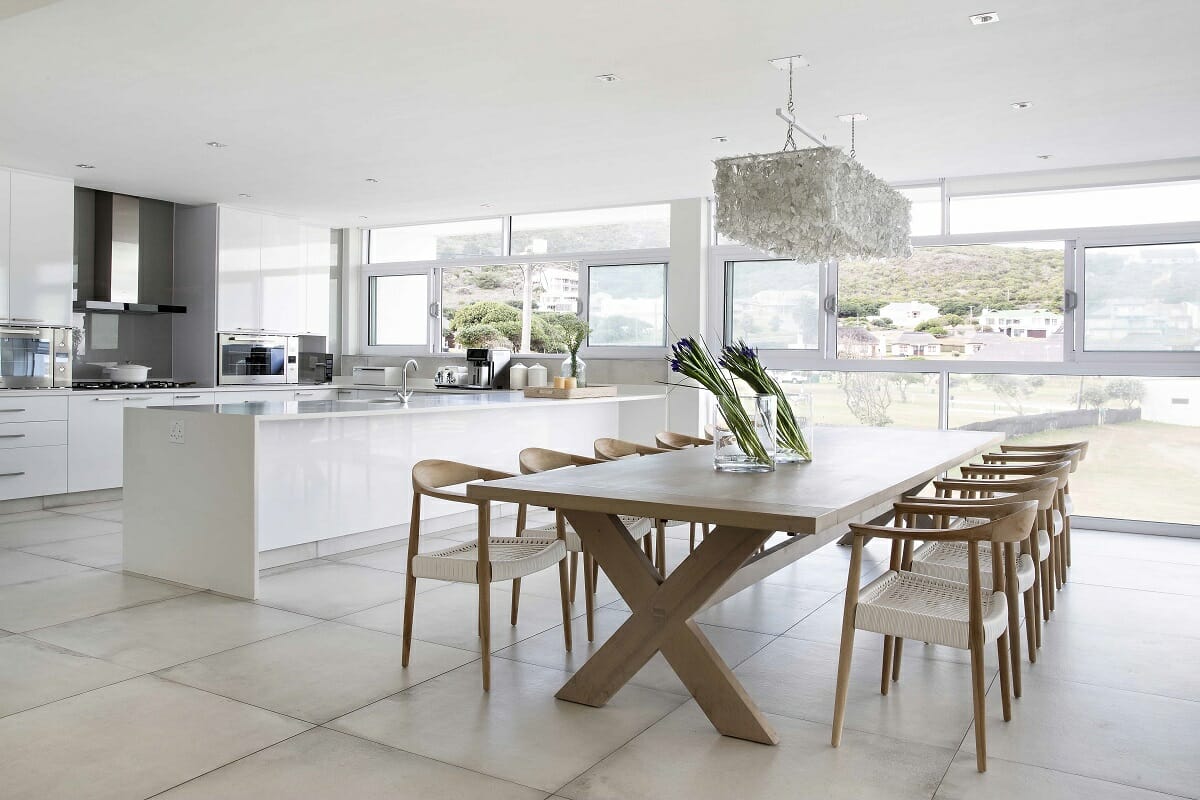
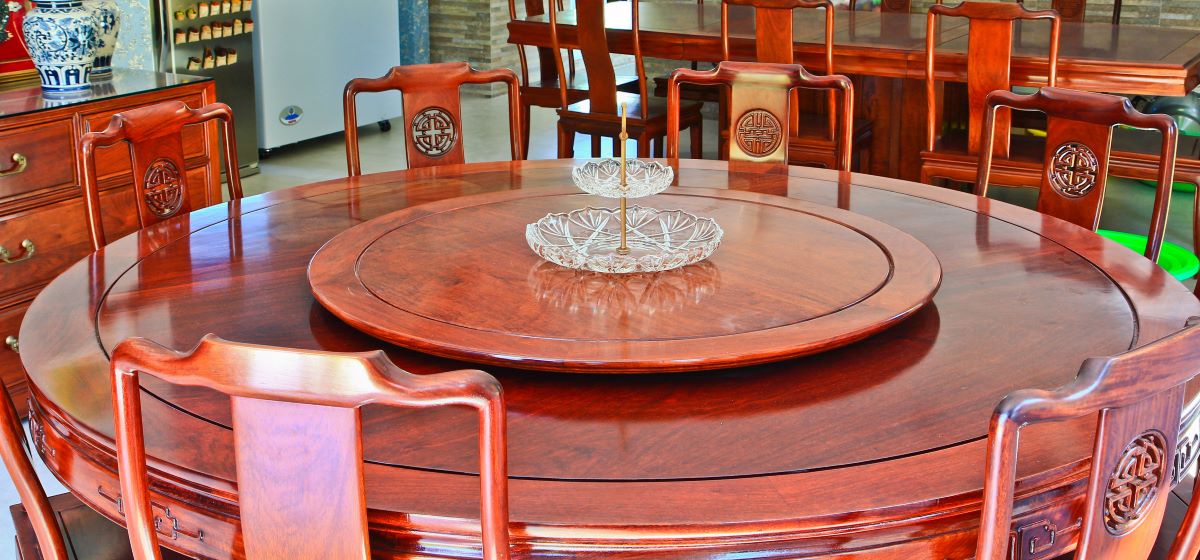
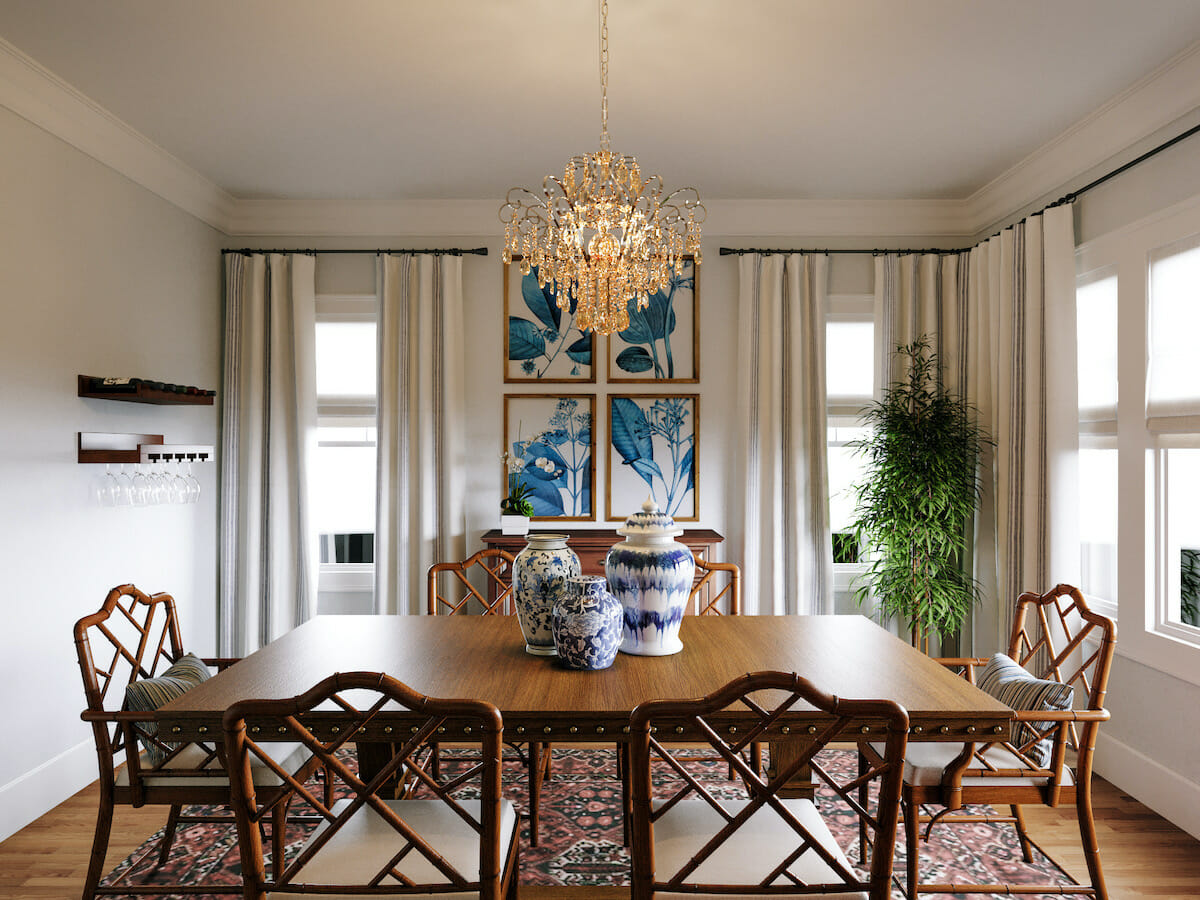
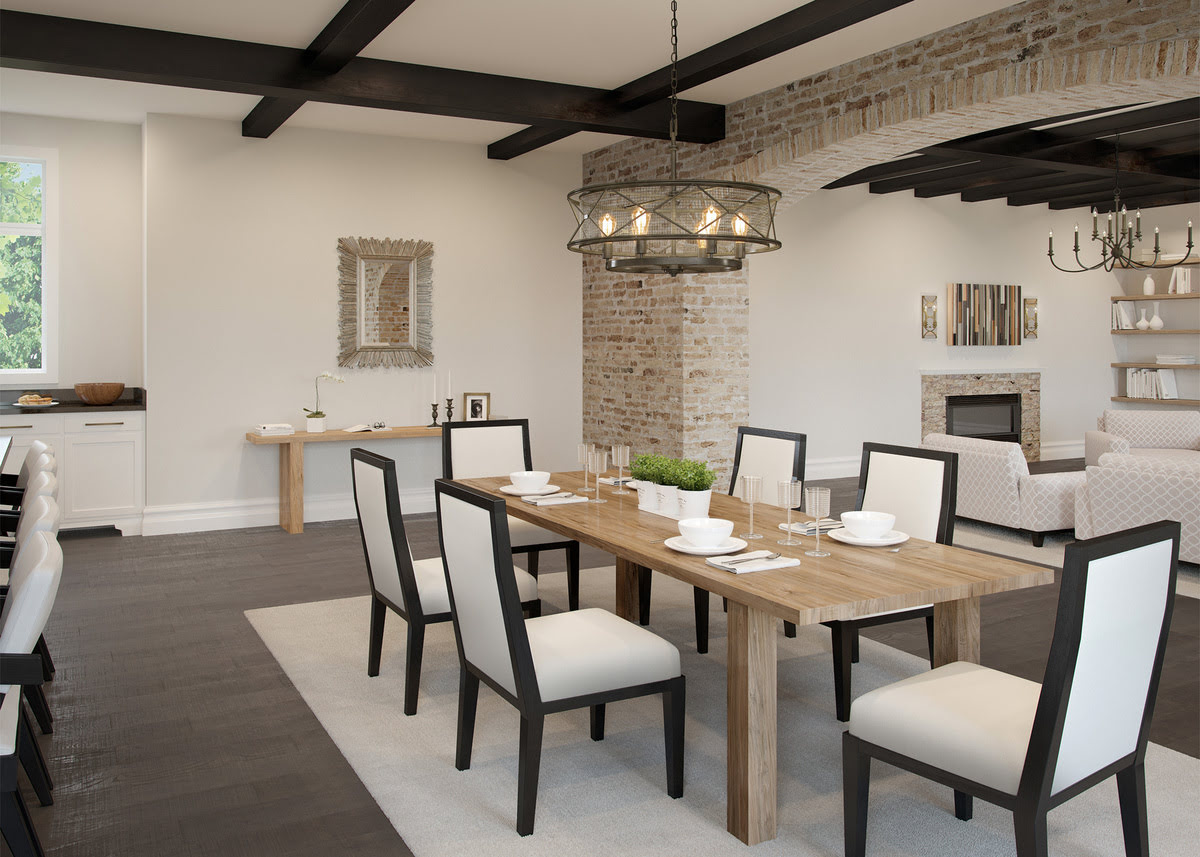

0 thoughts on “What Kind Of Lighting For Dining Room”